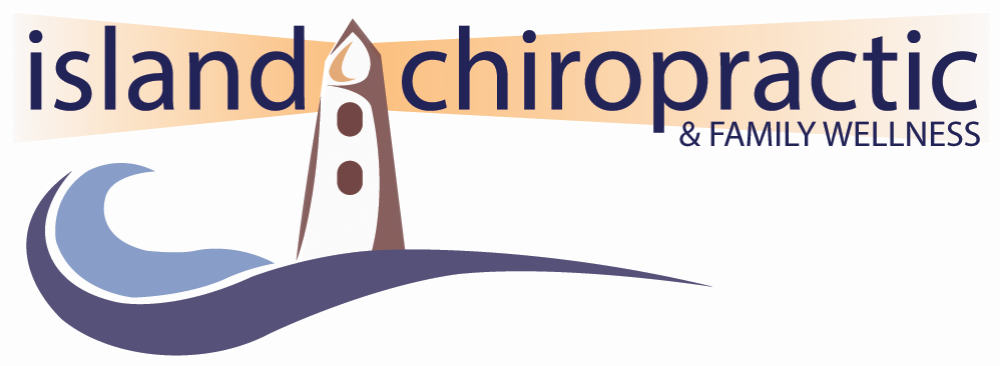One of the first things you need to ask when there is chronic neck and back pain is: Are you walking lots? Are you sleeping? Are you breathing well? These are questions that we will typically ask at a first visit. Like overall health and well being, back and neck pain is so much more than the presence of a physical injury.
This post is inspired by physiotherapist Kelly Starrett.
Walking
How:
Start where you’re at. Take several short walks a day. My favourite recommendation is a few 10-minute walks a day. Maybe you’re not there yet. Several times a day take a trip up and down your hall, to the end of your driveway or down the block.
When parking, choose a location farther away, this will force you to get those extra steps in!
Walk with purpose. If possible walk at a brisk pace allowing you arms to swing naturally from the shoulders and hips to fully extend. Walk with good posture. Don’t look down at your feet or phone. Stand so you can take a full breath and lead with your chest. Wear shoes that fit properly and are comfortable for you. I like a flatter shoe that allows my feet to move as they naturally would if I was barefoot.
Why:
Walking strengthens and mobilizes muscles that support the spine, shoulders and hips.
Walking increases blood flow (delivering oxygen and nutrients) and lymphatic flow (removes cellular waste and inflammation) in tissues around the spine, shoulders and hips.
Walking improves cardiovascular health, cognitive function, and metabolism.
Sleep
How:
Aim for about 8 hours of sleep, going to bed and waking up at the same time every day.
Move lots and get sunlight during the day.
Limit caffeine and alcohol.
Wind down: dim your lights in the evening, stop looking at screens before bed, put your phone on airplane mode, read a book, take a bath or shower.
Why:
Growth hormone is produced while well sleep which repairs damaged tissues.
While we sleep we recover from stress and inflammation flush the nervous system and body of metabolites.
Improve cardiovascular health, cognitive function, and metabolism.
Breathing
How:
Adjust your posture so you can take a full breath. (stop slouching)
If possible, breathe in and out through your nose which causes you to breathe deeper into your lungs. Allow lots of expansion and contraction (movement) in the ribcage.
Why:
This creates more mobility in the thoracic and lumbar spine.
This also means we rely less on accessory breathing muscles around our shoulders and neck, relieving tension.
Breathing well increase oxygenation of tissues.
Breathing in the above manner also pushes us towards a parasympathetic state which can reduced tension.
Sometimes injuries are unavoidable, however these are the things you can do in your daily life that will help make you a more resilient human being and hopefully keep back and neck pain at bay!
Learn more about Kelly Starrett

